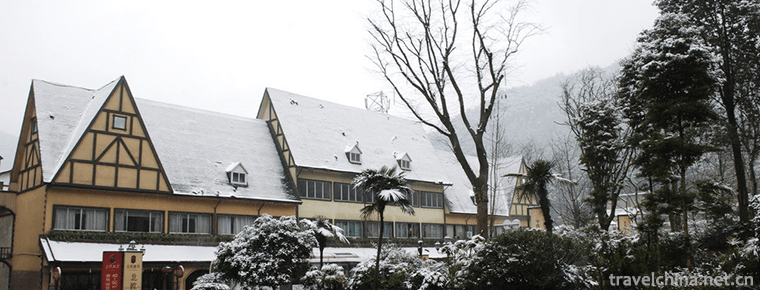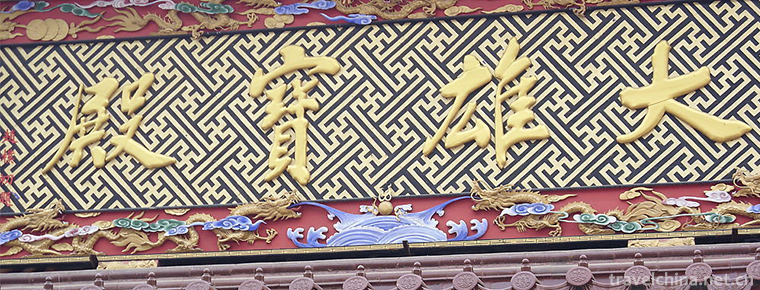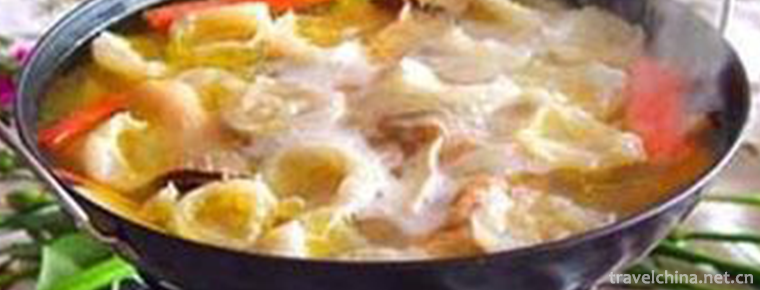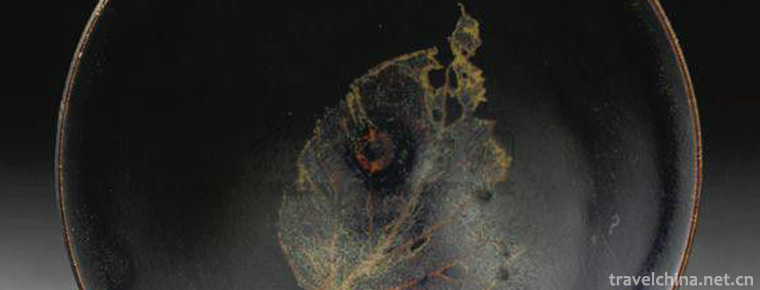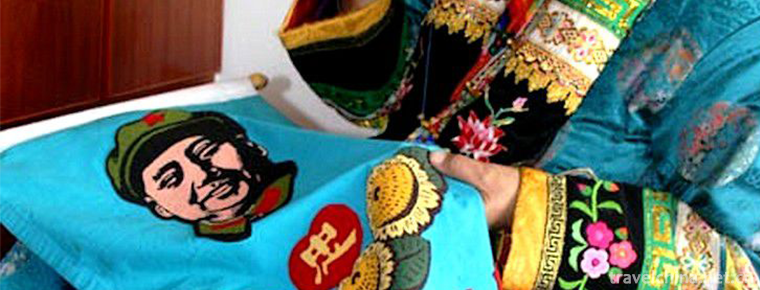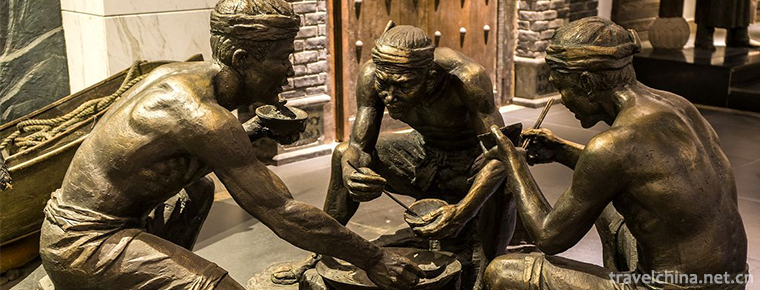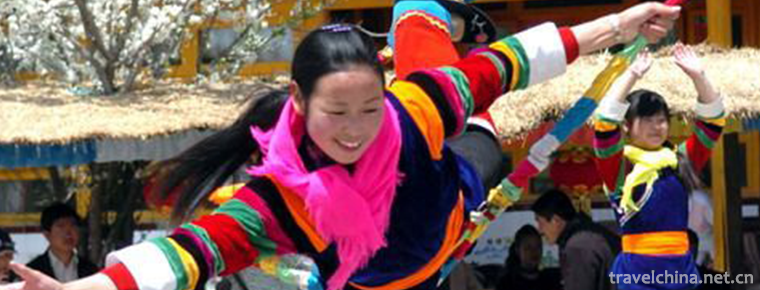Kite making skills
Kite making skills
Kite making skills, Weifang City of Shandong Province, Nantong City of Jiangsu Province, Lhasa City of Tibet Autonomous Region, Beijing, Tianjin and other local traditional skills, one of the national intangible cultural heritage.
Kite appeared in the Spring and Autumn Periods of the Eastern and Western Zhou Dynasties in China. It is called the earliest aircraft of human beings. After the Han, Tang, Song and Yuan dynasties, the development has a long history, is the representative of Chinese traditional handicraft.
On May 20, 2006, the kite-making skills of Weifang City, Nantong City, Jiangsu Province, Lhasa City, Beijing City and Tianjin City in Shandong Province were listed in the first batch of national intangible cultural heritage list with the approval of the State Council. The number of heritage is_-88.
historical origin
Kite making has a long history in China. Its origin can be traced back to the Spring and Autumn Period and the Warring States Period. Mozi and Luban use wood to make bird-like instruments, which can fly. They are called "wood kites". In the Han Dynasty, bamboo strips were used to form bird-like skeletons and paper was pasted on them, which was called "paper kite". Later, bamboo whistles and bow strings were added to paper kites. When flying, the whistle strings were whistled by the wind, and the sound was pleasant, like kite singing, so it was called "kite".
In history, the use of kites has changed many times. According to historical records, kites were originally used for military purposes.
By the mid-Tang Dynasty, the society had entered a prosperous and stable stage of development. The function of kites began to shift from military use to entertainment. At the same time, due to the development of paper industry, the material of kites was also changed from silk to paper. Kites are gradually moving toward the folk, and their types are also enriched.
In Song Dynasty, kite spread more widely. At that time, due to the participation of literati, kites in the tie-up and decoration have made great progress. At the same time, due to the social demand for kites, kite making has developed into a special profession.
The Ming and Qing Dynasties were the heyday of kite development in China. The size, style, tie-up technology, decoration and flying skills of kites in the Ming and Qing Dynasties had made great progress over previous generations. At that time, the literati personally tied and painted kites, in addition to their own flying, but also gave gifts to relatives and friends, and that this is a very elegant activity.
Weifang kite
Weifang kites flourished in Yangjiabu village in the early Ming Dynasty. At that time, the villagers already had the woodcut New Year's pictures engraving technology, using the spare time of spring every year, using paper and paint to print New Year's pictures, drawing various patterns, tied kites. Initially, they only entertained themselves or gave gifts to relatives and friends, and gradually developed into commodities. By Qianlong (1736 - 1795), kites had become an important local handicraft industry.
Weifang kites in the Ming Dynasty were mainly board kites. Later, they gradually formed a series of hard-winged kites, with centipedes as the largest (up to 360 meters), soft-winged kites as smart, kites as fantastic shapes, including character stories, birds and animals, fish and insects.
At present, there are nearly 100 professional kite-making households in Xiyang Jiabu Village. There are more than 300 kinds of kites, with an annual output of nearly one million. The main inheritors are Yang Qixin, Yang Qimin, Yang Lianmin, Yang Naizhong and Yang Xueshun.
Nantong kite
Nantong Banjie kite is also called "whistle Banjie". Nantong was called Rugao in ancient times. According to legend, during the Three Kingdoms period, Wei officers and soldiers often harassed this place. Rugao people used a kind of gourd kite called "slow mouth" to inform.
In Ming Dynasty, Rugao kite was unique. Big as sails, with whistles, loud as the clouds, and loud as the hoods are the main characteristics of Nantong flying kites, which are different from those of other places. They have strong local flavor and local characteristics.
Since the Qing Dynasty, such as Gao Kite has been well known both at home and abroad. Among the successful kite makers, Shi Ziyi, Shi Weilin's father and son, Xia Shouquan, Zhang Qiyuan, Guo Wenhe and Jia Zhi are more famous.
Lhasa kite
Lhasa kites were prevalent in the upper strata of the Tibetan people in the Qing Dynasty. The 13th Dalai Lama preferred kites and sealed the "Shang Yao" for kites and kite thread.
In the past, Lhasa had strict rules about flying kites. Before the crops opened sickles, kites were not allowed to fly. It was said that kites flew up into the sky and consumed the wind of the gods. When the barley threshed, the gods would not give the wind. As long as the Dalai Lama or the Regent look at it, crops "can open sickles!" Only the people in Lhasa can fly kites. As a rule, the first kite in Lhasa always flies slowly from the top of the Potala Palace, then two, three, four, ten, one hundred and one thousand. All of a sudden, the sky is covered with kites.
There are kite-making artists and kite-selling shops in the vicinity of Lhasa River Balin Road and Wangdui Xinga Market.
Beijing kite
Kite Ha is the abbreviation of Ha's family, a famous kite maker in Beijing. The history of kite making can be traced back to the late Qing Dynasty. Ha's family originated in Guoziwa Village, Hejian County, Hebei Province, and came to Beijing as the first-rate wushuangyuan in the examination of their ancestors. Later, the family lost its way and set up two paving kites to make a living in Beijing Liulichang. According to "Liulichang Xiaozhi", Haji kite is the most famous kite manufactured and sold by Haji in recent decades. From the founder of the first generation, Ha Guoliang, to the fourth generation, Ha Yiqi, the production skills of Beijing kite harp have been inherited within the family.
Beijing Zhayan kite is an important school of Beijing kite, which takes swallow as its shape and has strong humanistic connotation. In Qing Dynasty, Kite Works such as South Kitty and North Kitty Examination of Gongzhi provided abundant imagery aesthetics for Beijing Zhayan Kite, integrating literary features and deepening its connotation. On the basis of inheriting predecessors, Fei Baoling studied and sorted out the "South Harrier and North Kite Examination Records" in the 1960s, and mastered the skills of making Zha Yan kites in an all-round way. In 1973, Fei Boling's works began to be exhibited all over the country, and were recognized by experts from all walks of life. He became the most representative successor of Beijing Zhayan kites.
Beijing Cao's kite craft is based on the kite atlas and song recipes recorded in the Qing Dynasty's "South Harrier and North Kite Examination Gongzhi" and inherited to the contemporary folk traditional handicraft in Beijing. The book "The Chronicle of the Examination of the Southern Harrier and the Northern Harrier" summarizes 43 kinds of kite sticking and pasting techniques, and summarizes the technological process into four arts: sticking, pasting, painting and flying. Kite is used as a carrier to reflect the profound cultural connotation of China, and the expression forms of image aesthetics, personification and pattern are used to reflect the high traditional cultural value.
Tianjin kite
In the eighteenth year of Guangxu in the Qing Dynasty (1892), Wei Yuantai, the founder of the "Wei Ji" kite, founded the "Wei Ji Chang Qing Zhai Caipu" in Tianjin Drum Tower. In more than 70 years of artistic practice, Wei Yuantai combines woodworker's eye-opening tenon, tin soldering worker's copper hoop connection technique and Tianjin folk painting technique and applies them to kite making, making a flexible-wing kite that can be disassembled and folded, thus gaining the title of "kite Wei". Kite Wei's kite has unique artistic style, such as changeable shape, vivid color painting, smooth flight, exquisite special effects, easy to carry and so on, which is deeply welcomed by the world. The skill of kite-making in Wei family is inherited from Wei Yuantai to Wei Shenxing in the second generation, and then from Wei Shenxing to Wei Yongchang and Wei Yongzhen in the third generation.
Inheritance and protection
Inheritance value
Kite-flying is a traditional Chinese folk custom, which is beneficial to health. Inheriting kite-making skills is of great significance for protecting folk crafts, enriching people's cultural life and promoting the health of the masses.
Beijing Hart kite is a fine art, which has a certain collection value. It can also provide important reference for the study of folk arts and crafts.
After more than one hundred years and generations of inheritance, Tianjin kite Wei production technology has shown great advantages in technology, drawing and other aspects, with unique historical and cultural value, is an important object of folklore and folk craft history research.
In the process of kite development, traditional Chinese culture with a long history began to merge with kite technology, which embodied myths, flowers, birds and beasts, auspicious implications on kites, thus forming a kite culture with unique local characteristics.
Inheritance status
Considering the cost of production, the traditional cultural connotation was neglected, the materials were changed, nylon cloth and carbon steel pipe were used, which lost the traditional skills and the local characteristics of Weifang kites.
Nantong has more than 20,000 kite enthusiasts and more than 1,000 artists (including more than 50 carving sentry artists). The main inheritors are Wang Zejun, Huang Zhiling, Wang Deqing, Gu Jirong, Gao Huanwen, Gao Yuwen, Zhou Guangquan, Guo Chengyi, Gao Zexian, Gao Zecai, Lu Guilin and Lu Baoru. In recent years, Li Gang Township has been named by the Ministry of Culture as the country's kite town. But the living "whistle" sculptors are over half a hundred years old. Some painters are over the age of flower armor, and fewer and fewer can draw and sculpt. Small kite exhibition halls and kite associations belong to non-governmental organizations, and they are in a state of self-survival and self-extinction.
Lhasa now has a group of accomplished kite artists who have died or are old and rare, and their skills are facing loss.
With the evolution of the times, people's cultural and entertainment methods have been changing, the custom of kite flying has gradually faded, and the precious folk craft of kite making in Beijing is also slowly being forgotten by people. Nowadays, the kite making techniques in Beijing are facing the problems of no successors and lost skills, which need to be paid attention to urgently.
Inheriting characters
Han Fuling, male, September 21, 1934, the third batch of representative inheritors of national intangible cultural heritage projects, Weifang City, Shandong Province, declared that the project name: kite making skills (Weifang kite).
Wei Yongzhen, female, May 1943, the third batch of national intangible cultural heritage project representative successors, Tianjin Nankai District declaration, project name: kite making skills (Tianjin kite Wei making skills).
Ha Yiqi, male, March 25, 1954, the fourth batch of national intangible cultural heritage project representative successors, Beijing Haidian District declaration, project name: kite making skills (Beijing kite making skills).
Fei Baoling, male, 30 January 1928, the fourth batch of national intangible cultural heritage project representative successors, Beijing Dongcheng District declaration, project name: kite making skills (Beijing kite making skills).
Wei Guoqiu, male, January 1961, the fourth batch of national intangible cultural heritage project representative successors, Tianjin Nankai District declaration, project name: kite making skills (Tianjin kite Wei making skills).
Kong Lingmin, male, representative successor of the fifth batch of national intangible cultural heritage projects, Beijing Haidian District declaration, project name: kite making skills (Beijing kite making skills).
Zhang Xiaodong, male, representative successor of the fifth batch of national intangible cultural heritage projects, Weifang City, Shandong Province, declared that the project name: kite making skills (Weifang kite).
protective measures
With the support of Weifang cultural department, Yang Hongwei, the successor, has repeatedly entered the community and schools to disseminate the art of kite binding. Under her influence, many ordinary citizens have also changed from bystanders to practitioners and actively devoted themselves to the inheritance of kite making skills.
Weifang City has formed a three-level successor echelon of "master craftsmen", "representative successors" and "practitioners" through the training of inheritance groups, the evaluation of technical titles and the evaluation of competition honors.
Weifang City has formulated "Measures for the Construction and Management of Non-hereditary Learning Institutions" and "Measures for the Assessment of Non-hereditary Heritage Heritage Heritage Heritage Heritage Heritage Heritage Heritage Heritage Heritage Heritage Heritage Heritage Heritage" to quantitatively track and assess the ability, time and performance of the Heritage
At the end of 1980s, Nantong Ziguang Redwood Carving Art Co., Ltd. invested more than 3 million yuan in two times. Taking advantage of the cultural and artistic advantages of the enterprise, it made an attempt to upgrade the kite making skills. In May 1994, Nantong's first professional "Purple Light Whistle Kite Art Museum" was invested and set up to open a kite production workshop. In 2003, the government of Gangzha District allocated 50,000 yuan to renovate the kite hall's internal facilities and the production of outdoor billboards in order to cooperate with Nantong to create a national tourist city. On April 29, 2005, Nantong Cultural Bureau approved its renaming as "Nantong Banyao Kite Art Museum".
social influence
Honorary commendation
In 1915, at the World Expo in Panama, four kites made by Kazakhstan won silver prizes, namely, butterfly, dragonfly, crane and phoenix.
On May 19, 1983, Ha Yiqi won the special prize of "San Francisco International Kite Competition".
In 1983, Wei Guoqiu, the inheritor of Tianjin Kite Wei, won the gold medal of "Tianjin International Kite Competition" Hard Wing Group by virtue of the "gong, drum and swallow" kite.
In 1982, Tianjin Kite Wei won the first place in the national kite competition.
In 1983, Tianjin Kite Wei won the first place in Tianjin International Kite Fair.
In 1993, Tianjin Kite Wei won the first prize for the craft performance of the Chinese Folk Exhibition.
In 1994, Tianjin Kite Wei was selected as one of the best folk arts in China.
In 2004, Tianjin Kite Wei "Happy Meet" won the Chinese Folk Art Mountain Flower Award, Folk Craft Award Silver Award and so on.
Important activities
On April 1, 1984, Weifang held the first Weifang International Kite Fair.
On April 1, 1988, representatives of the Fifth Weifang International Kite Fair unanimously approved Weifang City as "the World Kite capital".
In 1986, Ha Yiqi and his father, Ha Kuiming, co-authored the publication of China's Ha's Kite in Hong Kong.
Works display
Ninety-seven works by Fei Baoling, the successor of Zhayan kite in Beijing, have been collected by the Chinese Art Museum. The first set of special stamps issued by China is the Beijing Zhayan kite painted by Fei Boling.
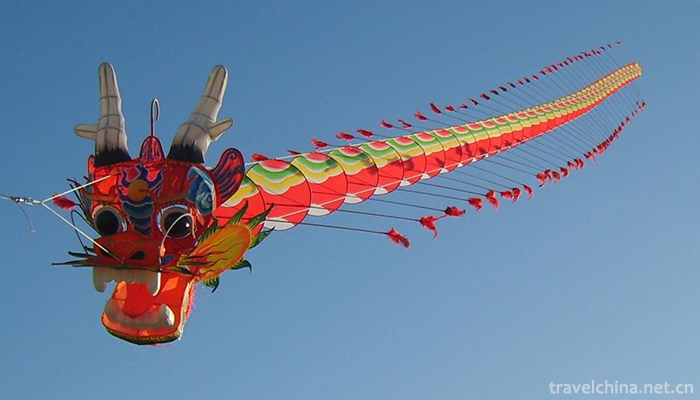
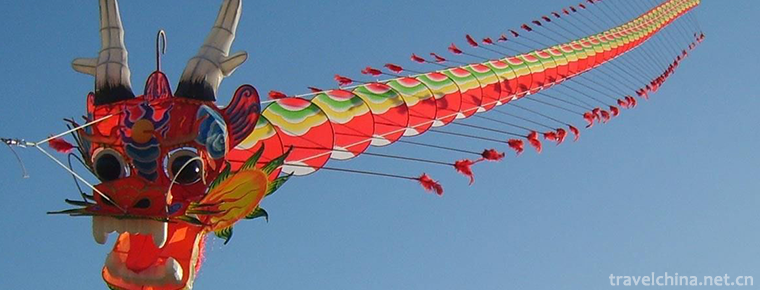
Kite making skills
-
Shika Snow Mountain
Sheka snow mountain scenic area is located in the southwest of Jian Tang town in Shangri-La County
Views: 206 Time 2018-10-19 -
Chongli Wanlong Skiing Ground
Wanlong ski resort is located in Honghua Liang, Chongli District, Zhangjiakou City, Hebei Province. It covers an area of more than 30 square kilometers, with the highest elevation of 2110.3 meters and
Views: 230 Time 2019-01-06 -
Yanxiangdong Ecotourism Area of Hanjiang River
Yanxiangdong Ecotourism Scenic Spot of Hanjiang River is located in Shiquan, covering an area of 80 square kilometers, north of Qinling Mountains and south of Bashan Mountains
Views: 218 Time 2019-01-13 -
Floral water bay hot spring resort
Huashuiwan Hot Spring Resort is located at the foot of Xiling Snow Mountain in Dayi County, Chengdu, Sichuan Province, surrounded by mountains on all sides. National AAAA scenic spot.
Views: 245 Time 2019-01-17 -
Mingshan Scenic Area
Famous Mountain Scenic Area is located on the beautiful bank of Heilongjiang Province, across the river from the Russian Jewish Autonomous Prefecture
Views: 234 Time 2019-02-07 -
Nanhai Chan Temple
Nanhai Chan Temple, a national AAAA scenic spot, is located in the southeast corner of Runan County, Zhumadian City, Henan Province, China
Views: 136 Time 2019-02-07 -
Fish Swallow in Bazhen Fresh Soup
Ingredients: Six or two fish swallows are served well. Lentinus edodes, crab willow, Jinhua ham, clam, shrimp
Views: 222 Time 2019-03-27 -
Firing Techniques of Jizhou Kiln Ceramics
Jizhou kiln is a treasure of the traditional Chinese ceramic crafts. As a world-famous comprehensive ceramic kiln in Jiangnan (Ji'an, Jiangxi), it has strong local style
Views: 155 Time 2019-05-05 -
Mongolian embroidery
Mongolian embroidery is a kind of handicraft craft formed in the long-term production and life of the Mongolian people in China. Mongolian embroidery not only embroiders on soft fabrics, but also embr
Views: 186 Time 2019-06-03 -
Legend of Cowherd and Weaver Girl
Niulang and Zhinu are one of the four Chinese folk love legends (the other three are Legends of White Snake, Meng Jiangnu Crying Great Wall, Liang Shanbo and Zhu Yingtai). They derive from the star na
Views: 348 Time 2019-06-08 -
Copper Carving Skills
Hangzhou bronze sculpture is the continuation of ancient bronze manufacture. It developed greatly in Wuyue and Southern Song Dynasty. After Tongzhi in Qing Dynasty, Hangzhou bronze sculpture represent
Views: 182 Time 2019-06-21 -
Turkish Wheel Autumn
There is a beautiful and magical legend about the origin of Tu's wheel autumn. Legend has it that in order to find a way out of life, the ancestors of the Tu nationality ploughed their fields successi
Views: 221 Time 2019-06-23



